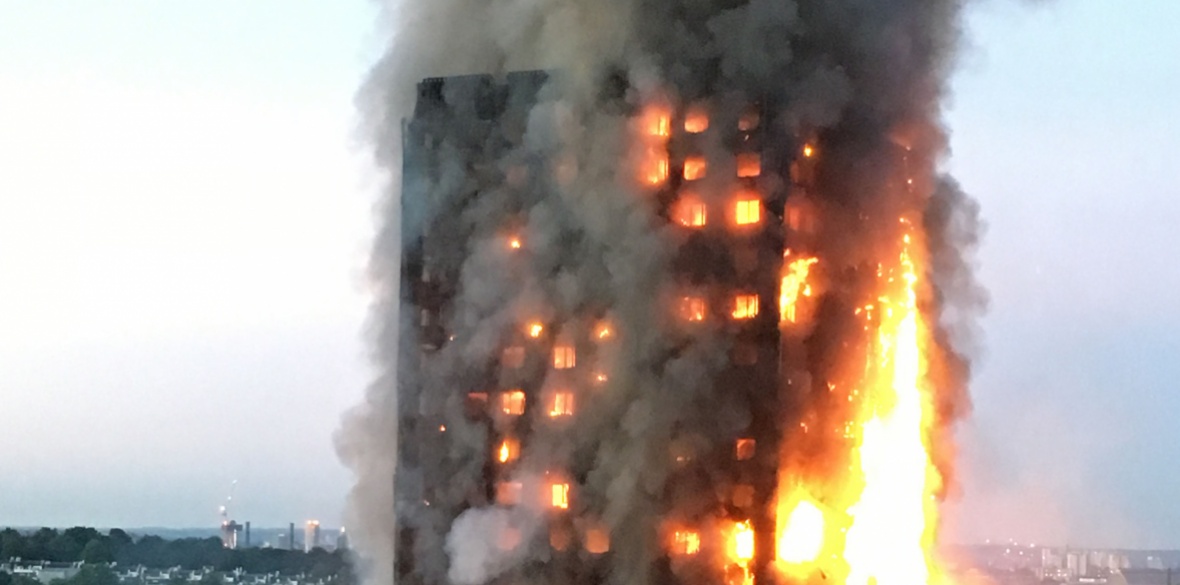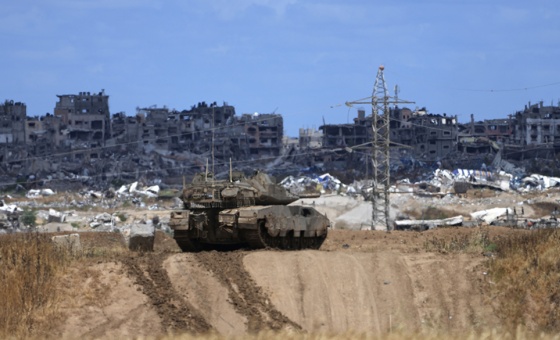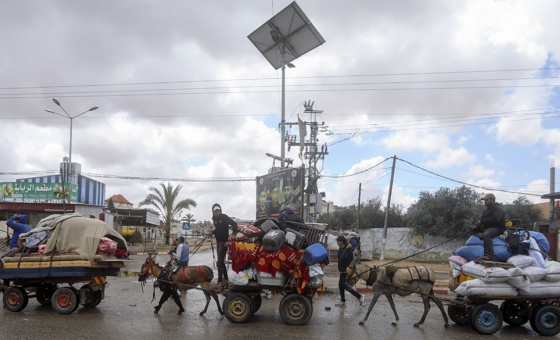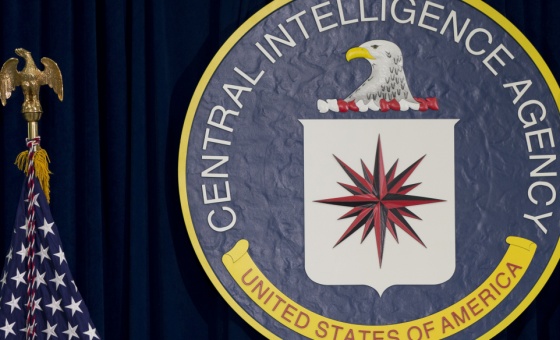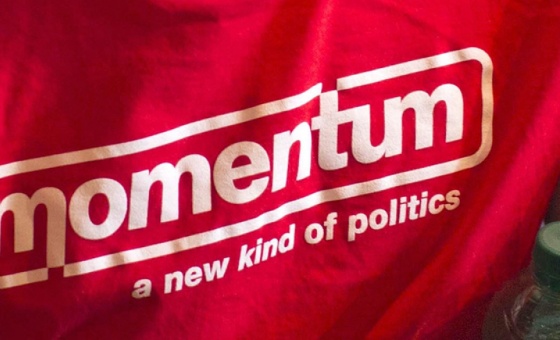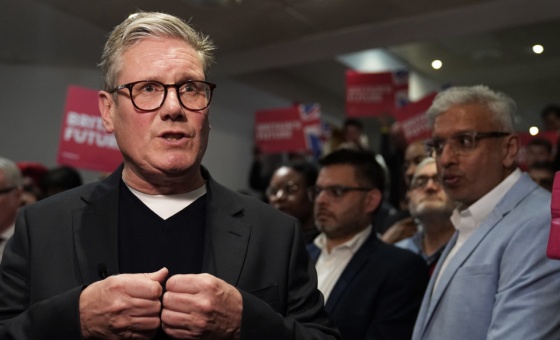This is the last article you can read this month
You can read more article this month
You can read more articles this month
Sorry your limit is up for this month
Reset on:
Please help support the Morning Star by subscribing here
LOOKING back to the confusing, fearful, anxious days immediately following the worst fire in post-war Britain, it seems inconceivable there are still no answers, no homes for the majority of survivors and displaced and no justice.
Reputable cladding companies have anonymously told the Morning Star that, even now, they are still being asked to tender and supply plastic-based systems that are unfit for purpose and a danger to human life in the event of a fire.
Only a change in legislation will end this practice because 12 months after Grenfell a failing system is used to obtain building consents and approvals.
One concerned cladding supervisor showed the Star documents proving that flimsy assessments by some of the country’s top testing houses were used to sign off flammable materials as suitable for use on the external envelope of high-rise buildings even after Grenfell.
The Star was shown further evidence that insulation manufacturers were withholding desktop studies which cast doubt as to their products’ suitability for use with aluminium or high-pressure laminate rainscreen cladding.
Until the inquiry reaches a conclusion as to the cause and spread of the fire, it is unlikely that any legislation to effectively monitor and control the use of combustible plastic-based products will be introduced.
At St Helen’s Church, Bishop of Kensington Graham Tomlin told the congregation at the anniversary memorial service that the anniversary was a “day for justice, as we pledge ourselves again to the slow, patient search for truth and justice for those who lost their lives.”
A year ago, there was an outpouring, outrage and offers of assistance. A frenetic energy moved mountains of clothes, supplies and people mobilised to fill the gap left by the depleted austere state.
The faces of those who we first saw 12 months ago in the initial stages of shock and disbelief appearing on our screens now seem older, tired, lined beyond their years. A year of grief, trauma and living in a permanent state of tension has taken its toll.
Grenfell has exhausted this community’s reserves. The leaders and campaigners who are entrenched in this battle are running on empty, driven by quiet desperation and sustained by the loving arms of Britain’s bravest and most vulnerable communities.
And yet there is more to come.
This is possibly the blackest time in the story of Grenfell.
The questions that plague those of us who are troubled by this tragedy late at night and in the waking hours can be summed up with one word.
Why?
Why did this tragedy happen, why did so many die, why was this community left to fend for themselves, why is help not there now — the list is endless but the question remains the same.
Why?
The majority of survivors, like Maryam Adam and her four family members living in one bedroom accommodation, remain in temporary accommodation.
Relationships have broken down, children have grown older, elderly parents need care. Some 138 households who originally required to be rehoused (including on the surrounding walkways) have split into 203 units to be rehomed as families have fragmented, separated or, like Adam’s, increased in size.
According to the Radical Housing Network, which issued a statement on the eve of the anniversary: “74 households displaced by the Grenfell fire are being forced to make an impossible choice: return to the estate they fled, or face indefinite homelessness and a loss of their rights as council tenants.”
A damning report by the North Kensington Law Centre slated the Royal Borough of Kensington and Chelsea’s response in recent months.
Why?
Children displaying psychological distress within the Grenfell community are still waiting for assessment and denied essential medical care to allow them to reclaim their childhood.
The crisis helplines are inundated and the follow-up services appear to be insufficient for the demand as urgent cries for help posted on Grenfell social media sites testify.
In the immediate aftermath of the disaster, the community rushed to the aid of the survivors and 12 months later it is organisations like Grenfell Kitchen and well-meaning but exhausted individuals who patiently pick up the pieces left by the poverty of the response from statutory agencies.
Why?
The Prime Minister gave her only interview to citizen journalists Grenfell Speaks. It was a coup for the Grenfell media watchdog only to be told by the PM that she “didn’t know” why the institutional response to Grenfell initially failed to materialise.
Why?
No arrests have been made, and no-one has been charged. There are still no answers to lay to rest the doubts that undermine faith in the ability of the public inquiry to deliver truth and justice for the people of Grenfell.
Why?
In the coming year, the questions will become more pressing, more urgent, more demanding.
The public inquiry could potentially put the fortunes of one of the most powerful industries in the world at risk.
Grenfell was coated in plastic, framed and gated in plastic. Within its walls, plastics produced some of the toxic gases that killed, outside plastics fuelled the fire ferociously. Doors which should have offered at least 30 minutes of protection failed recent tests.
The report by Dr Barbra Lane, expert witness for the inquiry, lays out a catalogue of alleged failings of the numerous plastic-based products used in the refurbishment of Grenfell.
The modern construction industry is entirely dependent on the use of the type of products that are now being called into question by an inquiry into what killed 72 people.
Among the hundreds of companies that had a hand in the disastrous refurbishment of Grenfell Tower, there is disagreement as to the degree to which their product or service contributed to the deaths.
In the immediate aftermath of the fire, news organisations virtually staged a manhunt to track down and pin the blame on contractors involved in the scandal. Journalists, including myself, went on a feverish search for people or documents which could shed light on the worst fire in post-war Britain.
The function of journalism to shine a light into the darkest corners of society and government was suddenly and almost silently erased from the reportage of Grenfell.
It is now widely accepted — without question or scrutiny — that it is the inquiry’s job to decide, along with the police and courts, where the blame lies.
Behind the sentiment is the acceptance that the verdict on Grenfell will be given by the governing class responsible for producing this tragedy.
The experience of core participants, some of whom are migrant, grieving families, will be mediated by learned QCs. Like the ghosts of survivors who opened the inquiry, theirs will be a distant voice, part of a judicial inquiry but with no real power to direct its conclusions.
The inquiry has appointed expert witnesses to aid deliberations. But the testing of the evidence will come entirely from the core participants’ representation.
How can a grieving, disabled mother struggling to function in overcrowded inadequate temporary accommodation, faced with thousands and thousands of pages of often conflicting evidence, for whom English is a second language instruct her representation with the same degree of knowledge, competency or guile as the corporate interests with multibillion-pound revenues and the top lawyers in the world?
The inquiry itself sits uncomfortably across the nexus between power, capital and community that produced the tragedy.
Judge Moore Bick is widely regarded by his peers as having one of the finest legal minds in England.
But will this man — so clearly affected by the tragedy and seemingly genuine in his intent — be able to deliver justice to those who have been denied this by his paymasters for so long?
Over the next few months, we shall see how good the British system of justice really is — and how brave.
Whether the inquiry will deliver the answers needed to bring closure for the people of Grenfell is another story.

